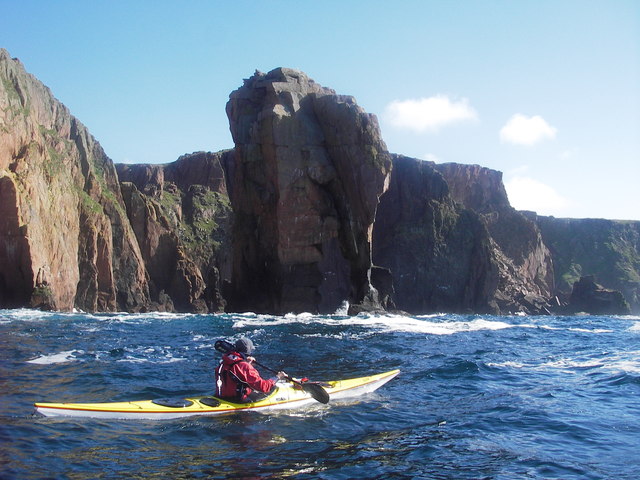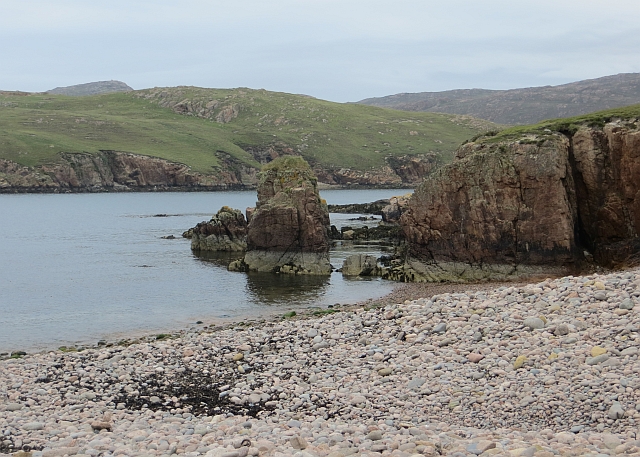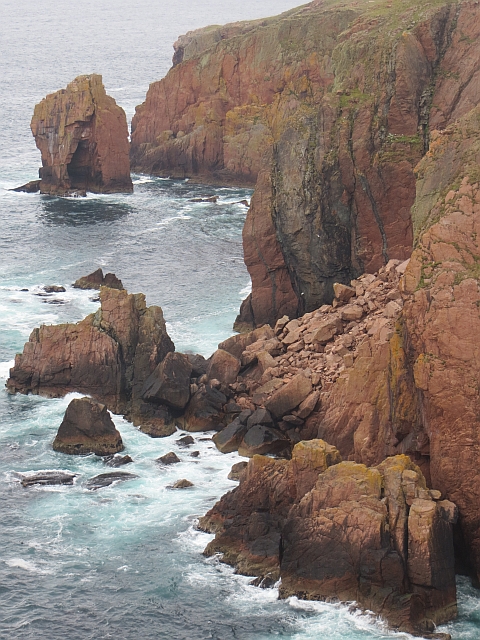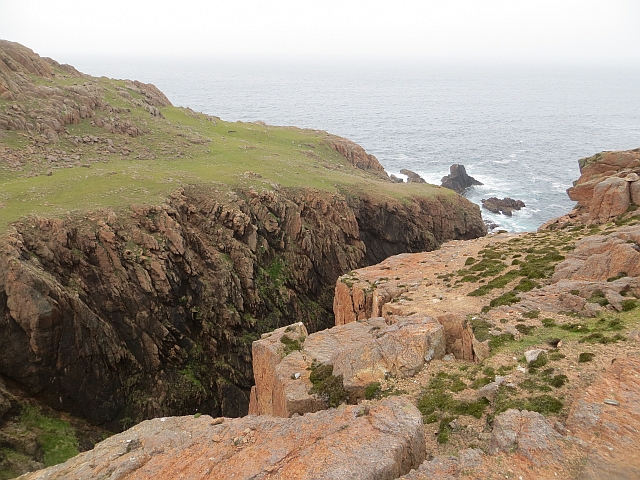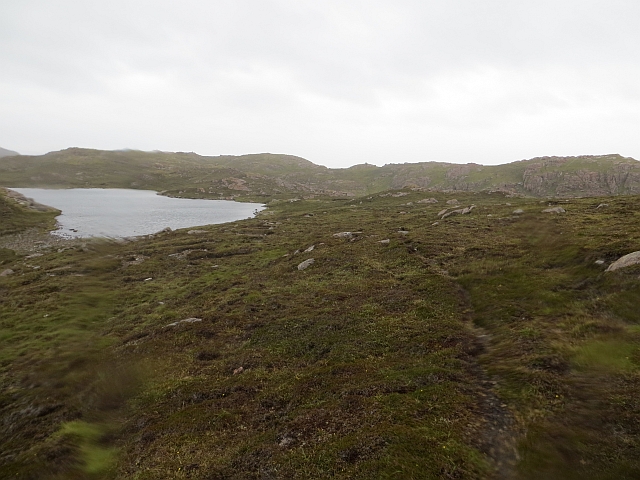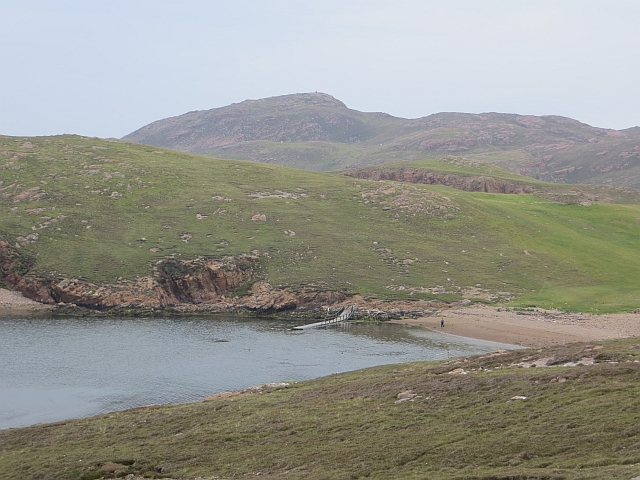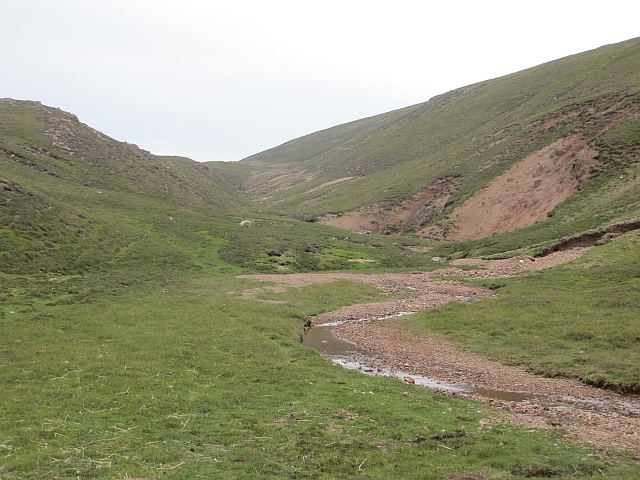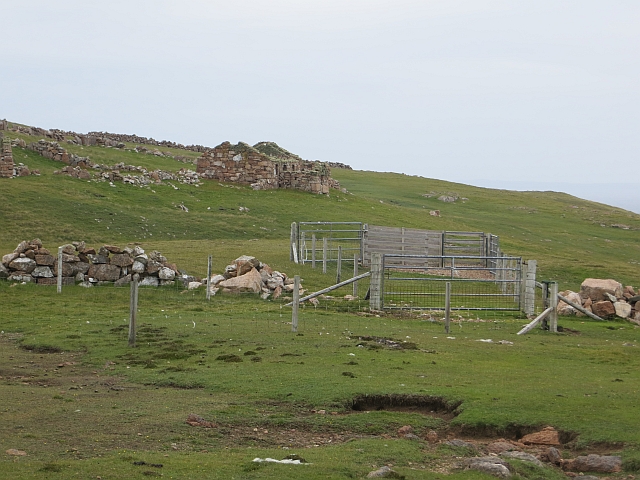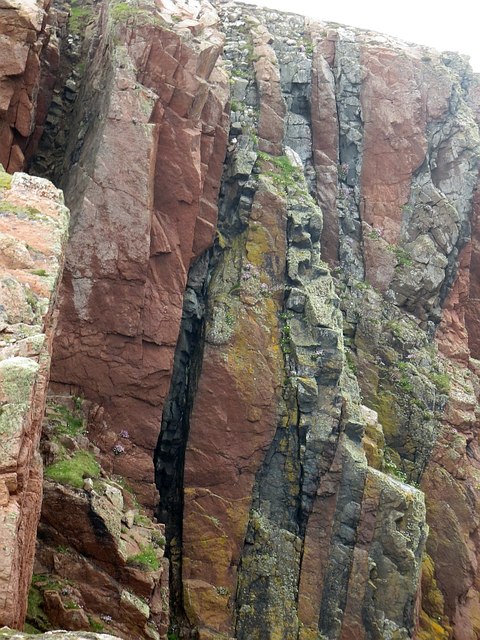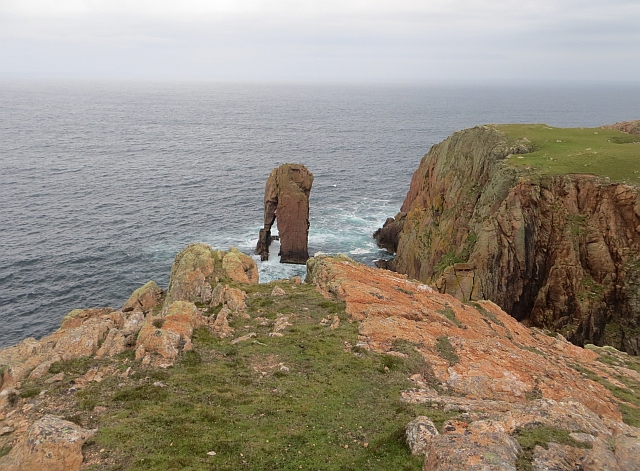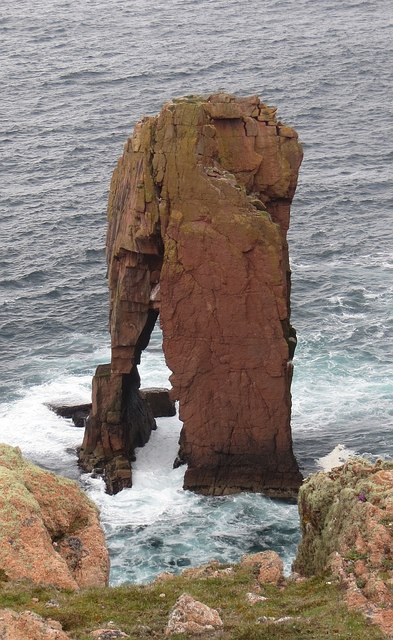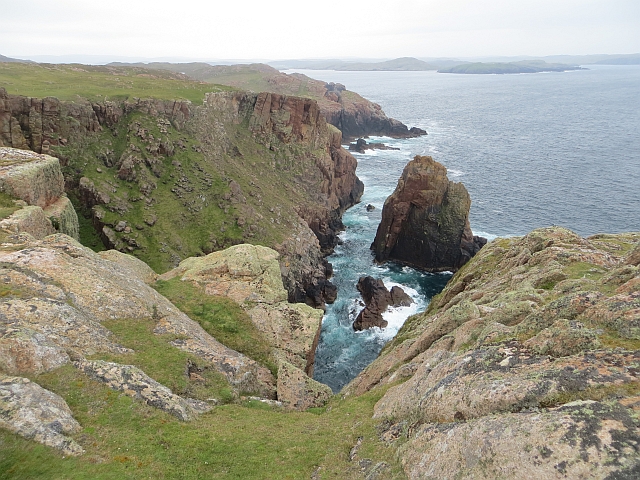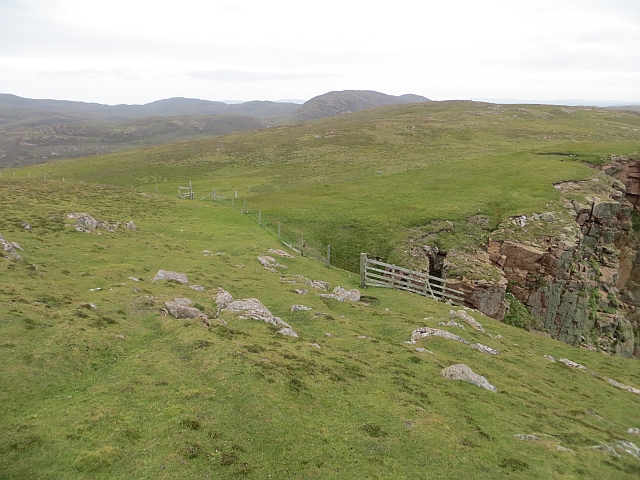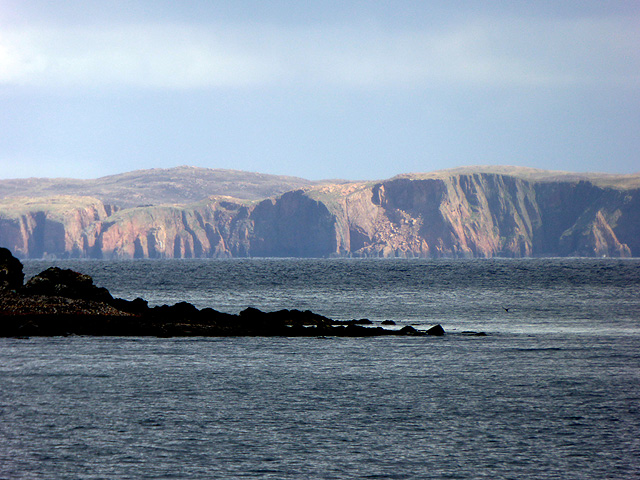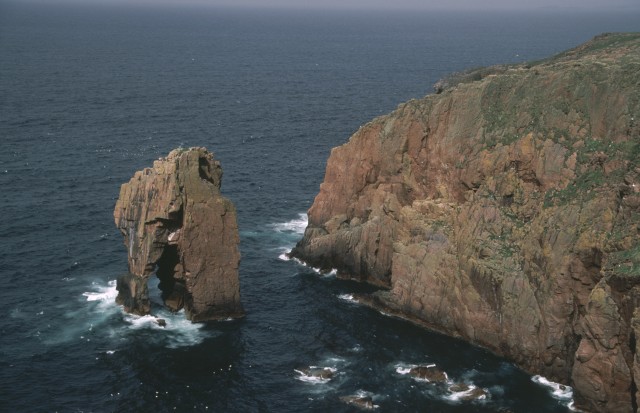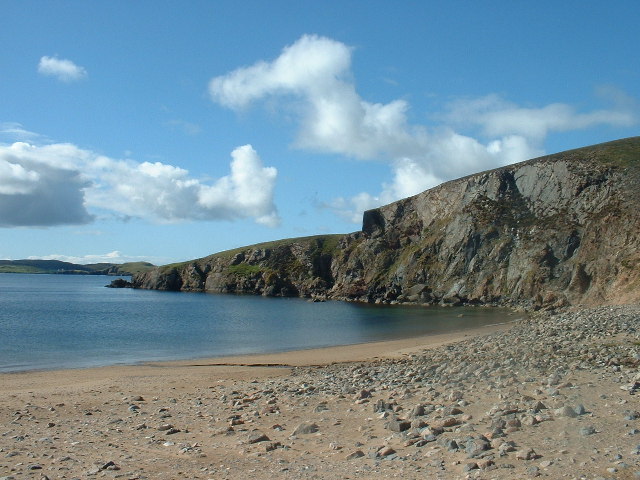Big Geo of Stromness
Coastal Feature, Headland, Point in Shetland
Scotland
Big Geo of Stromness
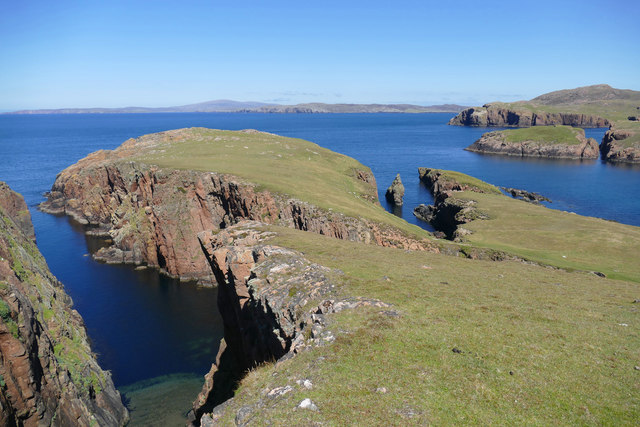
Big Geo is a prominent coastal feature located in Stromness, Shetland. It is a headland that extends into the North Sea, forming a distinct point that juts out into the water. The name "Big Geo" is derived from the local dialect and refers to a large rocky inlet or gorge, which is characteristic of this particular headland.
The geological formation of Big Geo is primarily composed of ancient sedimentary rock, with layers of sandstone and shale intermingled. Over centuries, the continuous erosion from the relentless crashing waves has sculpted the headland into its current striking form. The jagged cliffs and steep slopes provide a dramatic backdrop against the backdrop of the vast ocean.
Big Geo is not only a visually impressive coastal feature but also serves as an important habitat for various marine species. The rugged cliffs provide nesting sites for seabirds such as puffins, gannets, and fulmars. The surrounding waters are rich in marine life, attracting seals, dolphins, and occasionally even whales.
Due to its prominent location and natural beauty, Big Geo has become a popular spot for outdoor enthusiasts and nature lovers. Visitors can enjoy breathtaking coastal walks along the headland, taking in the stunning panoramic views of the North Sea and the neighboring islands. The area is also a popular destination for photographers, who are drawn by the dramatic scenery and the opportunity to capture the interplay between land and sea.
In conclusion, Big Geo of Stromness is a remarkable coastal feature that showcases the raw beauty of Shetland's rugged coastline. Its geological formation, diverse wildlife, and picturesque surroundings make it a must-visit destination for those seeking a truly immersive natural experience.
If you have any feedback on the listing, please let us know in the comments section below.
Big Geo of Stromness Images
Images are sourced within 2km of 60.372387/-1.471311 or Grid Reference HU2965. Thanks to Geograph Open Source API. All images are credited.

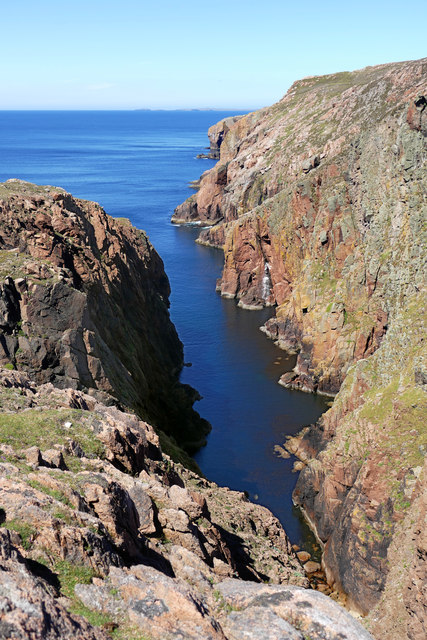
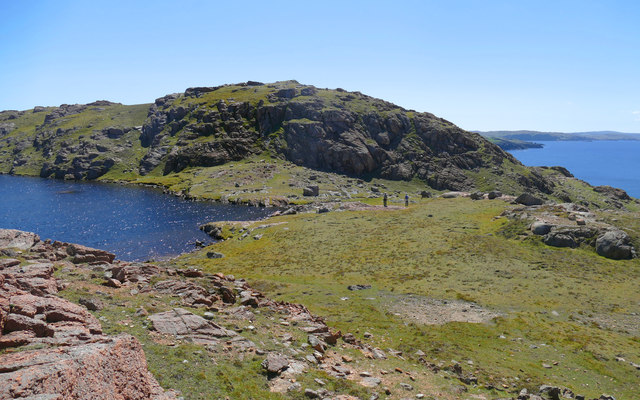
Big Geo of Stromness is located at Grid Ref: HU2965 (Lat: 60.372387, Lng: -1.471311)
Unitary Authority: Shetland Islands
Police Authority: Highlands and Islands
What 3 Words
///strays.fallback.falls. Near Brae, Shetland Islands
Nearby Locations
Related Wikis
Muckle Roe
Muckle Roe is an island in Shetland, Scotland, in St. Magnus Bay, to the west of Mainland. It has a population of around 130 people, who mainly croft and...
Linga (near Vementry)
Linga is one of the Shetland Islands, near Vementry. It is one of many islands in Shetland called Linga. The island is uninhabited. == Geography and... ==
Vementry
Vementry (Old Norse: "Vemunðarey") is an uninhabited Scottish island in Shetland on the north side of the West Mainland, lying south of Muckle Roe. �...
Mavis Grind
Mavis Grind (Old Norse: Mæfeiðs grind or Mæveiðs grind, meaning "gate of the narrow isthmus") is a narrow isthmus joining the Northmavine peninsula to...
Papa Little
Papa Little (Scots: Papa Little; Old Norse: Papey Litla, meaning "the little island of the priests") is an island in St Magnus Bay, Shetland, Scotland...
Busta Voe
Busta Voe, (HU665350), in the north central Mainland, Shetland, is a sea inlet lying between the village of Brae and the island of Muckle Roe. At the head...
Linga, Busta Voe
Linga is a small, uninhabited island, 1 km (0.62 mi) east of Muckle Roe in the Shetland Islands. The island is roughly circular in shape and its highest...
Brae
"Brae" is also the Lowland Scots language word for the slope or brow of a hill.Brae (Old Norse: Breiðeið, meaning "the wide isthmus") is a village on the...
Nearby Amenities
Located within 500m of 60.372387,-1.471311Have you been to Big Geo of Stromness?
Leave your review of Big Geo of Stromness below (or comments, questions and feedback).
